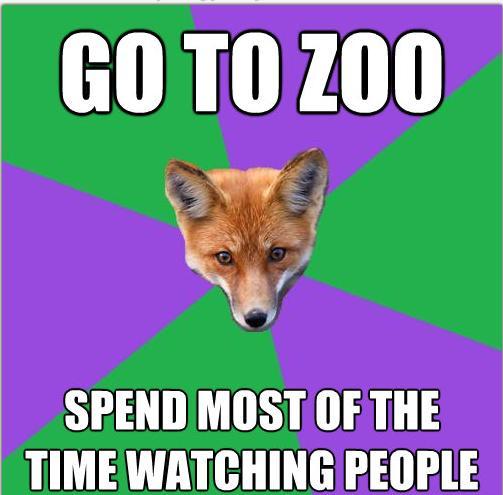
Interview on Liliana’s patio
Sometimes your informants lie to you and sometimes they lie to themselves. Sometimes they are wrong about things, sometimes you are missing the context to understand them properly, and sometimes they just change their minds. When you’re dealing with a vulnerable population – and youth are certainly that – how you work with that unreliability matters. There are plenty of methodological texts dedicated to improving interview techniques, and I have benefited from a number of them. But here is a strategy that I developed for my dissertation fieldwork that I thought worked out very well:
The Triple Interview
Step 1. Interview the kid first
Step 2. Interview the kid with a parent of their choosing
Step 3. Interview the kid and a core network of people that matter to them
Step 1 is easier said than done. Not only does the IRB require parent consent for kids (as they should), a lot of kids themselves want to make sure they have their parents’ approval for something as unusual as an interview. That means scheduling a face to face meeting with a parent and their child to explain what exactly they are consenting to, and then scheduling a second time to meet for the interview (never easy with kids). That’s because I learned that trying to do an interview with a kid after sitting down and plodding through forms with their parent is a great way to undermine rapport, which is the main reason you are doing the interview with the kid first. In an interview with a parent and child dyad, the alignment between parent and (presumably adult) interviewer seems almost automatic. In contrast, if you and the kid have a chance to sit together on your own, you have a shot at creating your own weird category of adult in relation to them. You’re a researcher, not their teacher, not their parent, and you can ask things then that a strong identification with another adult role would make a lot more difficult.
Step 2 isn’t so hard. At the end of your first interview you schedule the second one, and you ask the kid to choose the parent they’d prefer to be interviewed with. Then, when you go into the interview, you and the kid have your own confidential relationship. When parents say things that were expected, students will sometimes laugh and crow, “I told you!” But there are other times when the expected or unexpected thing is understood through a remembered explanation that you do not mention or even risk exchanging glances over.
Step 3 is a pain in the butt to organize, but well worth it. For my study, I wanted to make sure the core networks were broadly multigenerational, and usually ended up with a grandparent, a sibling, a cousin near in age, a parent, and an aunt or uncle. Once or twice, I ended up with friends of the student in the mix, and it had a really different feel.
In each interview, the themes overlapped and a couple of questions were repeated. Sometimes – okay, often – I looked to the kid to help me frame the question I was trying to ask. But it was fascinating and incredibly valuable to see how the kid changed – or didn’t – across the three interviews. Those moments are hard to explain in articles and books, but they spoke volumes about the relationship and expectations between parent and child, and about how the kid fit into a larger network of loved ones. Even more interesting, some of the kids’ answers changed dramatically between interviews. Some were hiding secrets that changed how you understood their world, some reconsidered their positions with their parents’ perspectives. For a life course researcher who includes youth and children among her informants, the triple interview is a valuable addition to methodological toolbox. I know I’ll be using it again.


 Last year around this time Anthropology Major Fox* made it big when it
Last year around this time Anthropology Major Fox* made it big when it 